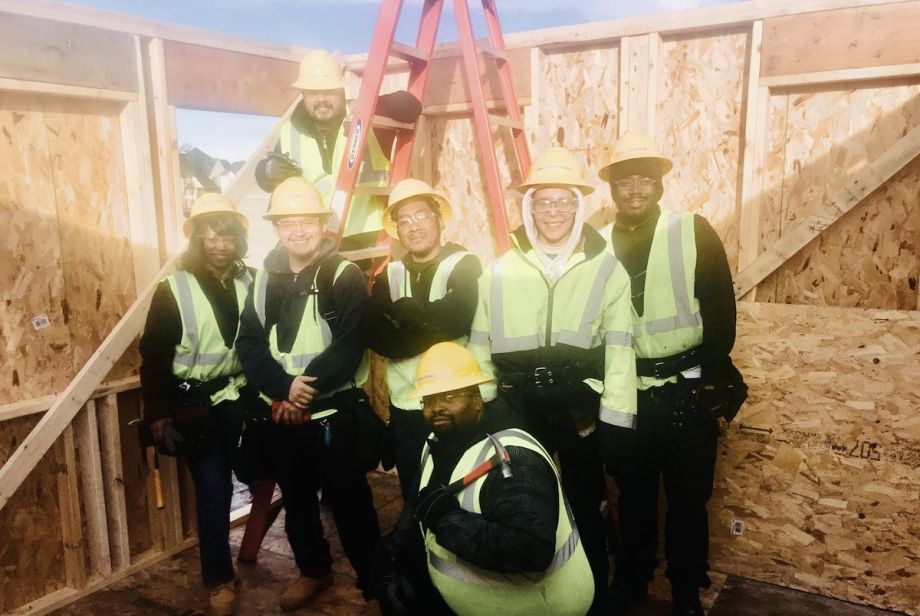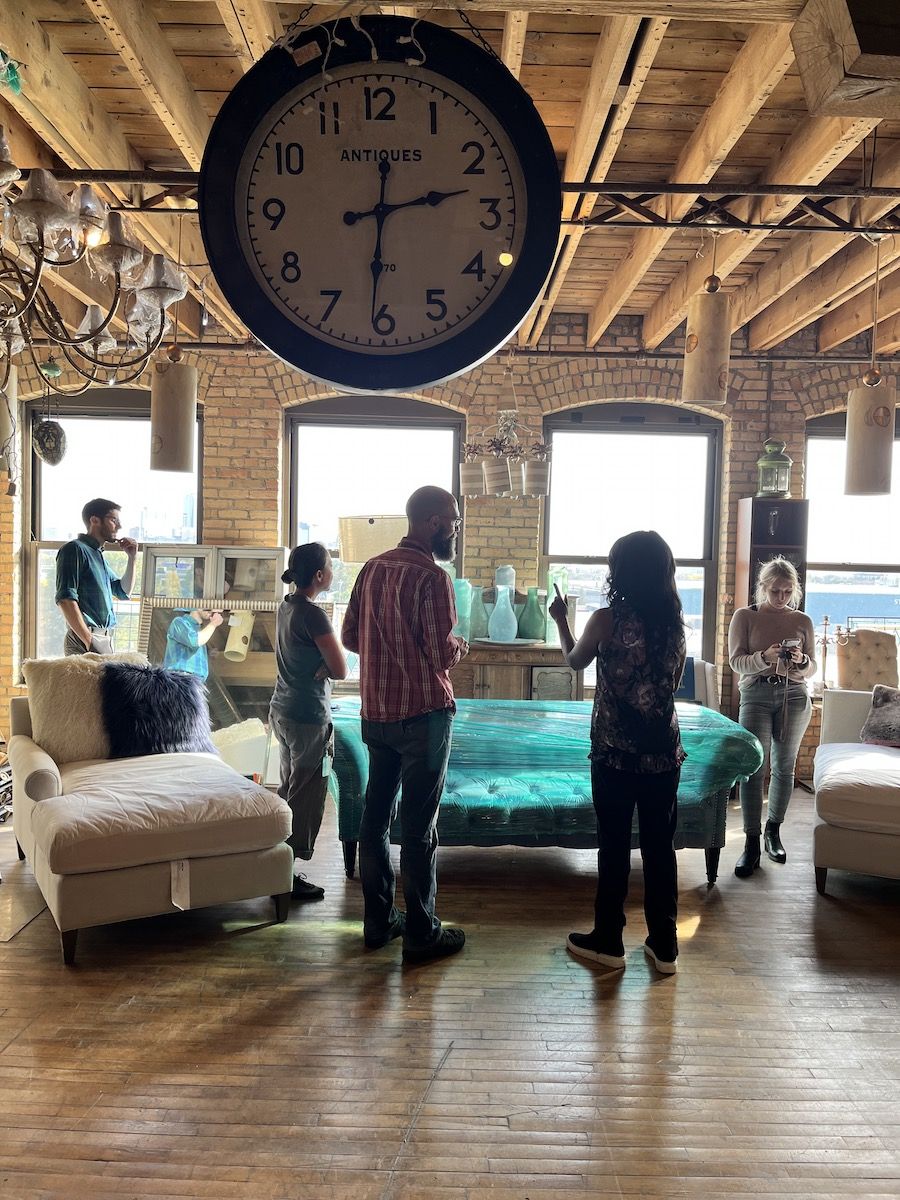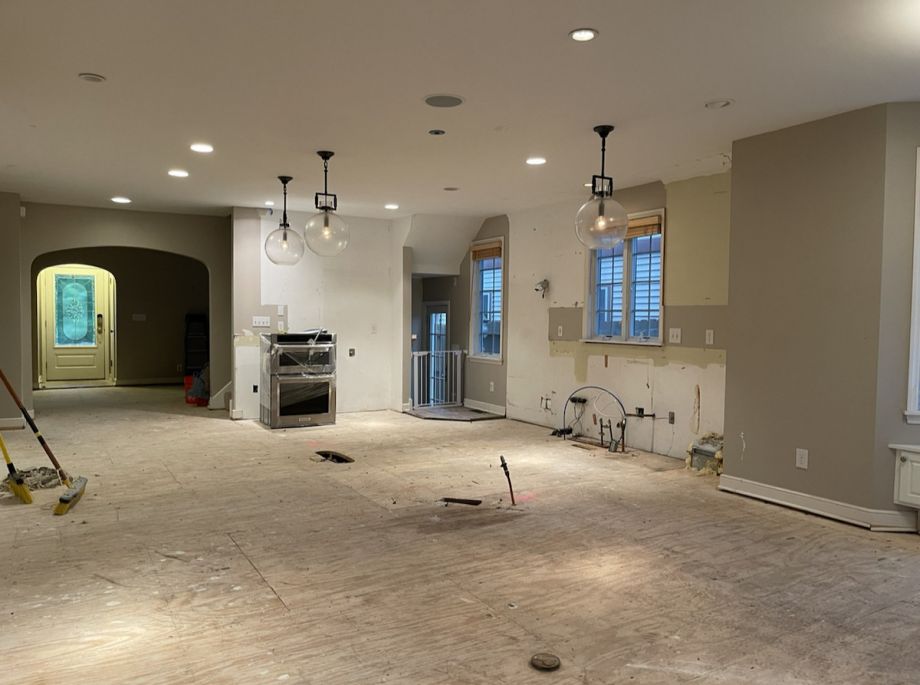What happens when old buildings have reached the end of their life, either their useful life in terms of safety or their desirable life in terms of modern living? For the hundreds of thousands of homes that meet their end in the U.S. each year, the answer is demolition.
More than 600 million tons of debris from the construction and demolition industry (known as C&D for short) was generated in the United States in 2018 alone. The demolition portion itself is responsible for more than 90% of C&D debris. While the biggest contributor to demolition waste — aggregates like concrete — can be recycled and sometimes are, 145 million tons of construction and demolition waste still ends up in landfills.
In recent decades, there’s been a growing movement towards deconstruction instead of demolition. Rather than flattening an old building, deconstruction opts to carefully disassemble a building instead, saving what’s salvageable from the landfill for reuse instead. This is exactly the mission of Minneapolis’ The Birch Group demolition company and Scrapbox Salvage reuse store.
Located on the city’s predominantly Black northside and founded by deconstruction expert Petrina Rhines, the complimentary nonprofits are designed to address not only the environmental challenges posed by the C&D industry, but make economic and social impacts as well.
After completing a carpentry apprenticeship from Minneapolis’ nonprofit career and technical education institute Summit Academy, which offers 10- to 20-week training programs for careers like those in the IT and construction industries three years ago, Rhines took her $3,000 savings and went for it.
“I just bought some tools from Home Depot and with a couple of other people we started on our first house,” she says. This month marks the one-year anniversary of her grand opening in March 2022.
Rhine’s demolition organization, Birch Group, handles the demolition work — expertly plucking out wood flooring so that the tongue and groove features that connect them aren’t damaged, and carefully extracting doors, windows and their frames from the house surrounding it.

Petrina Rhines with the Birch Group crew. (Photo courtesy of Birch Group)
“Essentially we’re trying to keep as much trash out of the waste stream [as possible],” Rhines says. So far, in its nearly 800 renovation, adaptation and remodeling projects, Birch Group has deconstructed 92,000 square feet and diverted more than 148,000 pounds of materials from landfills, per the organization’s website.
“We’re doing all of this by hand so we’re also reducing a lot of pollutants that would go into the air” if machinery was used instead, she adds.
Most of her customers are contractors, designers, architects and developers who are building or furnishing homes for their clients. “They’ll call on us because they get a tax deduction for using salvageable goods that have been rescued or reclaimed,” Rhines explains.
Hennepin County, where Minneapolis is located, offers property owners and developers up to $5,000 in funding to incentivize building projects that use deconstruction techniques to salvage materials from the destruction, alteration or renovation of a building. These building reuse grants, the county explains, are meant to “help offset the additional time and labor costs associated with deconstruction.”
“We look at the social value as well – we’re creating jobs within the deconstruction and reuse sector,” she adds. So far, Rhines has employed 25 workers from diverse backgrounds, per Birch Group’s website.
They’re also working to educate the next generation about careers in deconstruction. In partnership with Hennepin County and Reuse Minnesota — a professional and business network working to advance the reuse sector in the state (Rhines is on the group’s board) — Birch Group offers presentations to students at two local high schools about the careers available in the deconstruction sector.
“The training [for deconstruction careers] is short,” Rhines explains. “You can learn on the job and get started in a career in a short period of time. College isn’t for everyone. It’s not that we’re pushing for people to not go to [college], just showing that there are other opportunities out there.
“More than anything, we’re trying to catch them while they’re young and instill in them sustainable business practices in hopes that they’ll carry that sustainability mindset through their lifetime, that they’ll become lifelong learners within the sustainability world.”

Rhines talks to visitors at the Scrapbox Salvage resuse store. (Photo courtesy by Deonna Anderson)
“It’s all a matter of, instead of filling out landfills, getting materials back on the market to be resold,” says Beth Halverson, who was Rhines’ construction instructor at Summit Academy. “Then people who are maybe fixing up their homes can buy things like used hardwood floors for cheaper. It’s all about reuse.”
Rhines and Halverson are currently discussing plans for expanding Scrapbox’s educational component outside of high schools to reach a wider audience. The hope is to offer online lectures or presentations to realtors or other audiences to expand awareness of the deconstruction industry.
“People just don’t know that it’s an option, so a lot of times they will throw away things that they shouldn’t because there are places where you can bring these things,” Halvorson says. “Petrina has a whole warehouse.”

Cinnamon Janzer is a freelance journalist based in Minneapolis. Her work has appeared in National Geographic, U.S. News & World Report, Rewire.news, and more. She holds an MA in Social Design, with a specialization in intervention design, from the Maryland Institute College of Art and a BA in Cultural Anthropology and Fine Art from the University of Minnesota, Twin Cities.
Follow Cinnamon .(JavaScript must be enabled to view this email address)
















